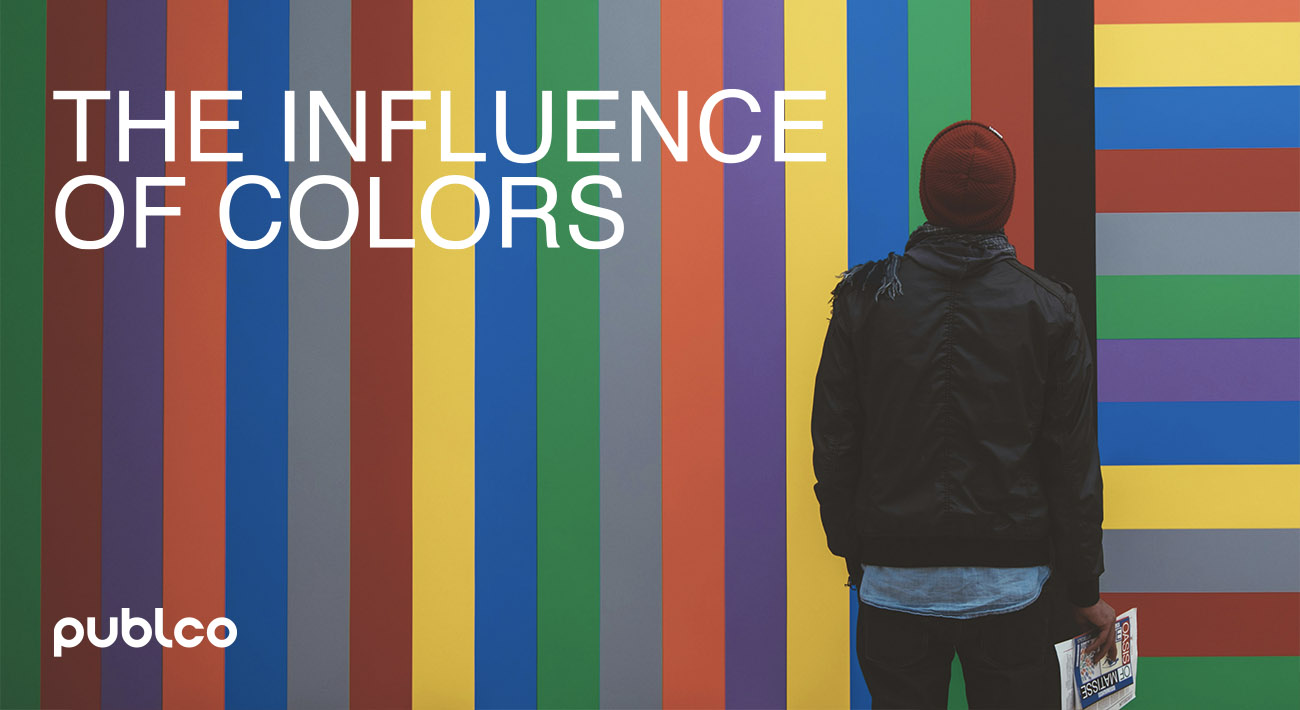The Influence of Colors – Psychology in Consumer Behavior

Understanding the interplay between consumer psychology and color perception is pivotal for any business striving to stand out in today’s competitive market. Colours significantly influence human emotions and behaviors, consequently shaping purchase decisions. Delving into this realm offers profound insights into crafting effective marketing strategies and fostering brand recognition.
Exploring Buyer Psychology
Buyer psychology encompasses the intricate dynamics of consumer behavior, perceptions, and emotional responses toward brands and products. Understanding these nuances is indispensable for cultivating a loyal customer base and driving business success. By delving into the minds of consumers, marketers gain invaluable insights into the decision-making processes guiding their purchasing behaviors across various stages.
Unveiling Color Psychology
Color psychology delves into the profound impact of colors on human emotions and behaviors, serving as a cornerstone in marketing and branding endeavors. The choice of colors is not arbitrary but deeply intertwined with personal preferences and cultural influences. Marketers harness this understanding to strategically employ colors that resonate with target audiences, eliciting desired responses and forging strong brand connections.
Harnessing the Power of Colors
- Primary Colors and Emotional Triggers:
- Red signifies passion and urgency, making it ideal for promotions and stimulating appetite.
- Blue evokes reliability and tranquility, fostering trust and a sense of security among consumers.
- Yellow radiates positivity and energy, capturing attention and inspiring optimism in consumers.
- Secondary Colors and Symbolism:
- Green symbolizes nature and harmony, appealing to eco-conscious consumers and conveying stability.
- Purple connotes luxury and creativity, often employed by beauty and premium brands to evoke sophistication.
- Orange exudes enthusiasm and affordability, compelling impulsive purchases and driving action.
- Essential Marketing Colors:
- Brown signifies durability and reliability, evoking a sense of comfort and elegance in consumers.
- White embodies purity and simplicity, reflecting cleanliness and professionalism.
- Gray symbolizes wisdom and stability, lending an aura of sophistication and experience to brands.
- Black exudes power and elegance, often associated with high-end products and timeless appeal.
Leveraging Color Psychology in Branding
Effective utilization of color psychology empowers businesses to enhance brand recognition, evoke desired emotions, and influence consumer behaviors. By aligning color choices with brand values and target audience preferences, businesses can create compelling visual identities that leave a lasting impression.
The significance of selecting the right colors for your brand and marketing campaign cannot be overstated, especially when targeting specific audience demographics. Colors possess the remarkable ability to evoke emotions, convey messages, and shape perceptions, making them a critical element in brand communication. By meticulously aligning color choices with the preferences, values, and cultural backgrounds of the target audience, businesses can establish genuine connections and foster trust. Moreover, understanding the psychological impact of colors allows marketers to craft tailored experiences that resonate deeply with consumers, ultimately driving engagement, loyalty, and long-term brand affinity. In essence, the strategic use of colors not only amplifies the visibility and memorability of a brand but also cultivates meaningful relationships with the very individuals it seeks to serve.
Conclusion: In the intricate tapestry of consumer behavior and brand perception, colors serve as potent tools for businesses to wield. Understanding the nuances of color psychology enables marketers to craft compelling narratives, evoke desired emotions, and foster meaningful connections with consumers. By harnessing the power of colors strategically, businesses can elevate their brand presence, drive purchase decisions, and embark on a journey toward sustained success in the dynamic marketplace.


Comments are closed.